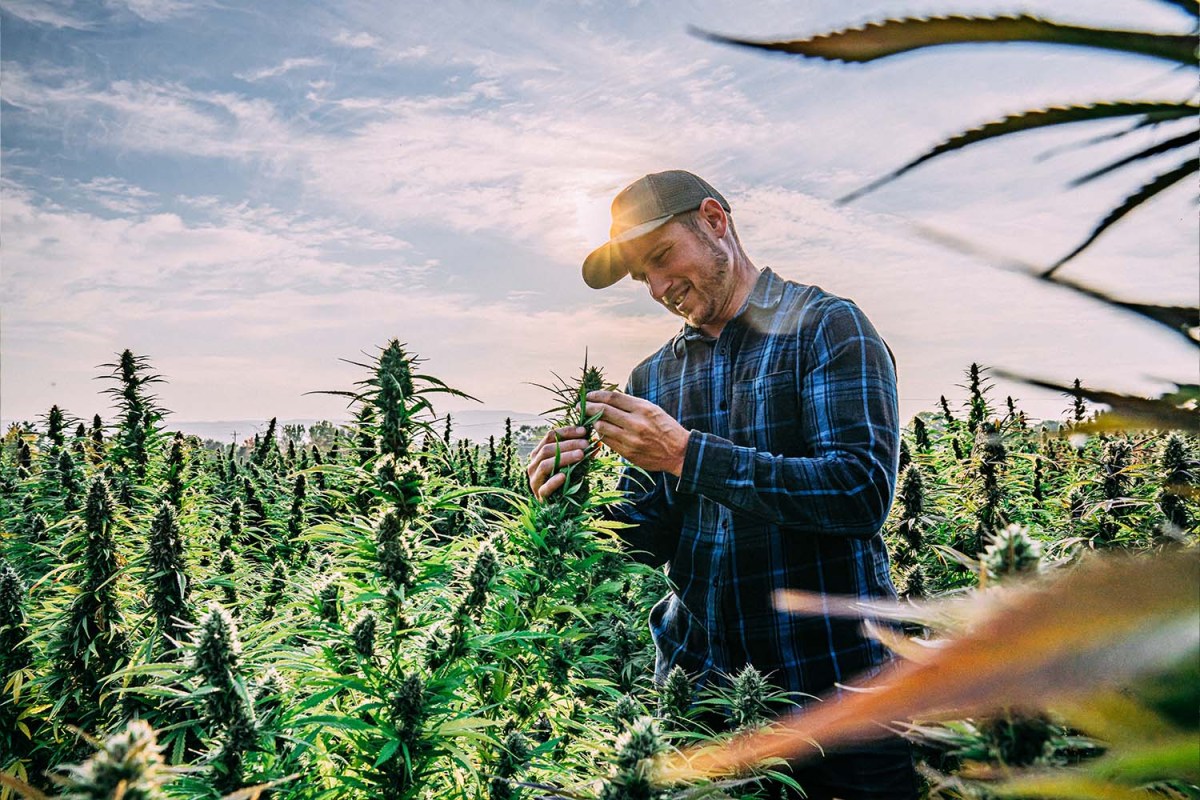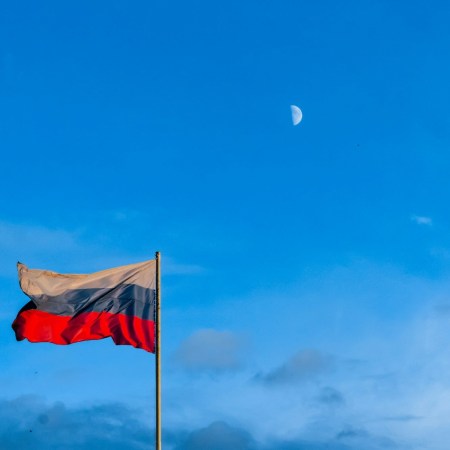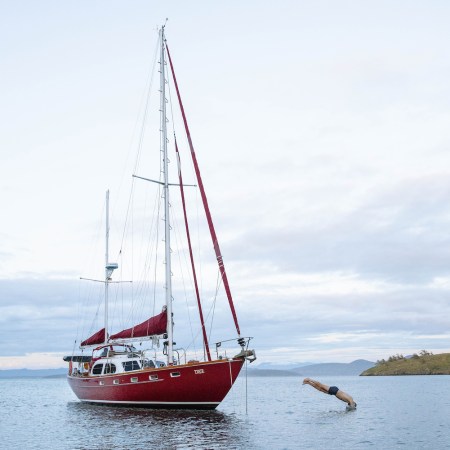The U.S. boasts a robust tourism economy worth about $1.2 trillion, but which sites or cities make up the biggest chunks of that pie? Who entices the most domestic and international travelers? For one reference, the National Park Service touted that its 423 sites contributed $28.6 billion to the economy in 2020, thanks to visitor spending (and that was during the COVID downturn; typically it’s more).
Now, one might assume that — due to its relative newness as a tourism entity — cannabis, by contrast, might rake in exponentially less than our national parks. But that assumption would be wrong. According to a new report from Forbes, cannabis tourism is a rapidly growing sector. In fact, by their estimate, it’s currently a $17 billion industry — nearly 60% of that of the national parks. It is a testament to the fact that the dawn of weed tourism is very much upon us and, as Forbes‘s Will Yakowicz and Suzanne Rowan Kelleher report, it’s got plenty of room to grow.
The early success is unsurprising when you look at the stats: 62% of pot smokers over the age 21, and with an annual household income over $50,000, are reportedly interested in cannabis-centric experiences while traveling, per a study from MMGY Travel Intelligence cited by Forbes. Further, according to a Harris Poll, 50% of all Millennials said that access to legal recreational cannabis was important when choosing a vacation destination and 43% said they’ve already chosen destinations because cannabis was legal there.
“By 2025, 50% of travelers in the U.S. are going to be Millennials,” Brian Applegarth, the founder of Cannabis Travel Association International, told Forbes. “And their relationship to cannabis consumption is extremely normalized compared to the stigmatized industry leaders of today.”
Of course, that’s not to say that all $17 billion of these tourism dollars came directly from cannabis sales — that’s not how that works. Of 2021’s $25 billion legal cannabis sales, only $4.5 billion of that came from tourists, but by a Forbes estimate, those same tourists also funneled $12.6 billion into restaurants, hotels and other attractions. The idea is that cannabis-centric businesses aren’t the only ones who stand to benefit from an uptick in tourist interest — revenue is revenue.
For the uninitiated, recreational marijuana is legal in 19 states, as well as in Washington, D.C., and medical use is permitted in over 35 states with Colorado being the first to establish a recreational marijuana market, following the passing of a ballot initiative in 2012. Fast forward to 2018, and a study conducted in the Journal of Destination Marketing & Management showed that the perception of marijuana had changed and that Colorado residents had become increasingly more supportive of cannabis tourism as the ways in which they personally stood to benefit began revealing themselves.
“Dog lovers are canna-users. Foodies are canna-users,” Todd Aaronson, CEO of Visit Modesto in California, another burgeoning hub for cannabis tourism, said. “There is no difference between a cannabis traveler and every other traveler.”
Thanks for reading InsideHook. Sign up for our daily newsletter and be in the know.



















